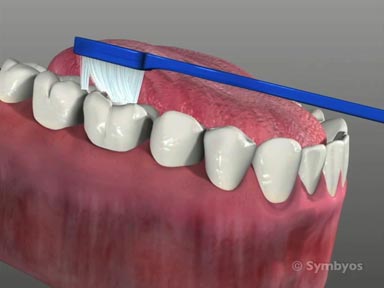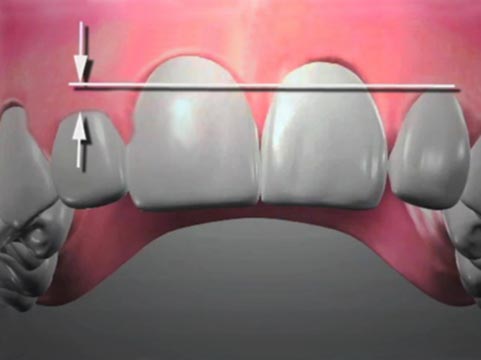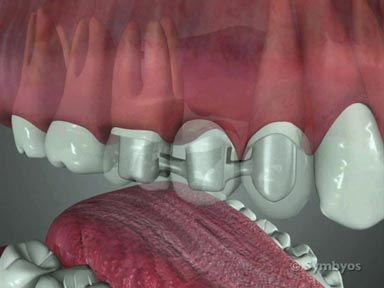Cosmetic Dentistry
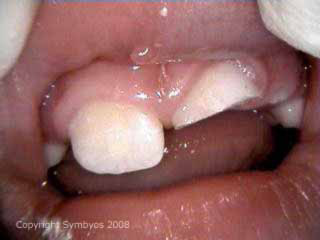
Cosmetic dentistry can restore a tooth chipped in a sports injury.
Cosmetic dentistry is a general term for a variety of dental procedures that do not necessarily have medical benefits, but have the benefit of improving a patient’s smile.
Cosmetic restorations (which may include crowns, fillings, inlays, onlays, bridges and veneers) are done to improve the appearance of the teeth. There may or may not be other reasons for doing them, such as tooth decay, chips (Figures 1a and 1b) or cracks. Cosmetic restoration of a single tooth is sometimes achievable with modern dental materials (even in highly visible areas of the smile). It may be possible to re-create the shade, transparency and optical characteristics of uniform natural tooth enamel, although it can be challenging.
The dentist may recommend crowns, veneers, or other types of restorations on neighboring teeth to better match the restoration placed on a damaged or discolored tooth. It may be true that the overall appearance of a patient can be enhanced with multiple restorations (e.g. intrinsically stained teeth that can’t be whitened can often be beautified with veneers).
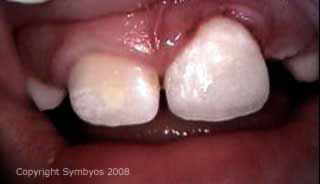
Tooth repaired with composite resin (bonding).
However, if only one tooth is a problem, and cost or invasiveness are of concern, matching the involved tooth to the others, to the satisfaction of the patient is often achievable. Doing so requires skill, artistry, and close collaboration between the dentist and others involved in the procedure (e.g. a laboratory technician). If lab procedures are needed, precise blending of the single restoration usually involves a custom shade match, in which the patient visits the laboratory technician who will be making the restoration. This may not always be feasible. When it is, the technician will evaluate the patient’s teeth for basic shade, intensity of shade (chroma), shape, light/dark balance (value), and any subtle characteristics that will need to be re-created in the restoration to make it blend imperceptibly.
The restoration will be evaluated in different lighting conditions, because teeth can look noticeably different under different light sources. Usually, these will include incandescent sources (which have a yellow cast); fluorescent light (which looks blue); and full spectrum light (e.g. the sun). Full spectrum lighting is available for dental office light fixtures, and is often used for shade matching as it is the most natural light source.
If a visit to the lab isn’t an option, the dentist may be able to communicate with the lab using both black/white photographs (to establish value); and color images to show the shade, optical properties, etc . It is important that the color profiles of the camera, the computer, and the printer (if used) be synchronized to produce consistent color characteristics from the patient’s mouth, to the dentist’s imaging equipment, to the lab. To learn more about synchronizing color monitors (so the lab and dentist are seeing the same colors), search on “synchronize color monitors” and “display calibration.” It is essential that the monitor records the true color and lighting properties observed in the patient’s mouth to achieve a perfect match in the restoration.
More on ToothIQ.com
